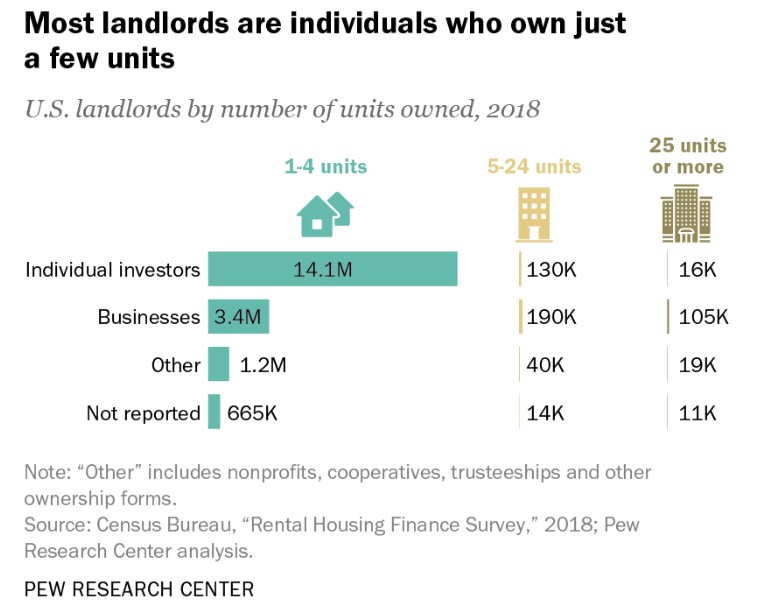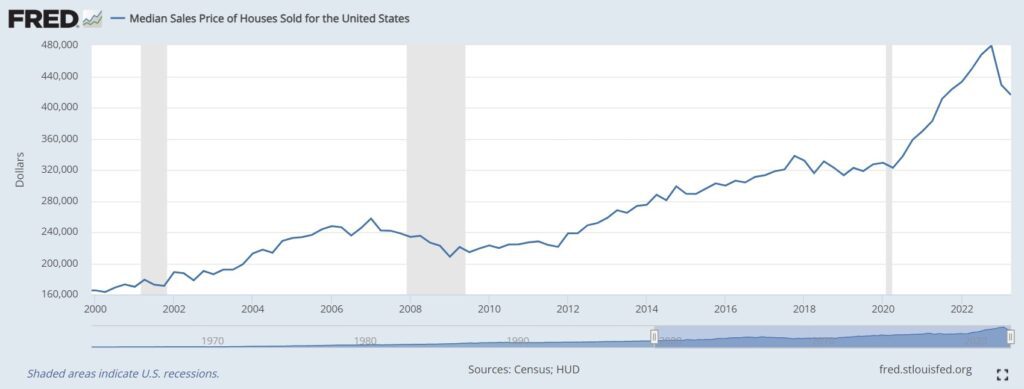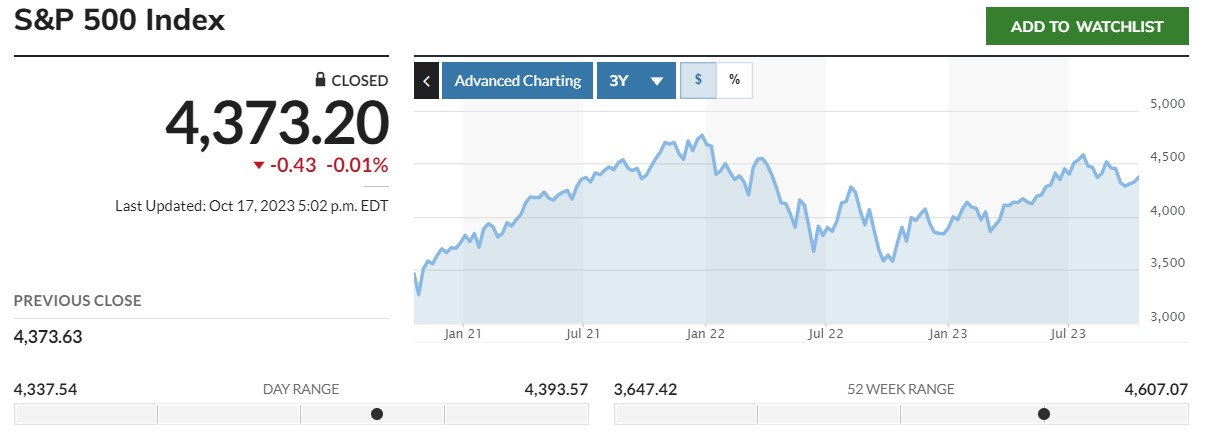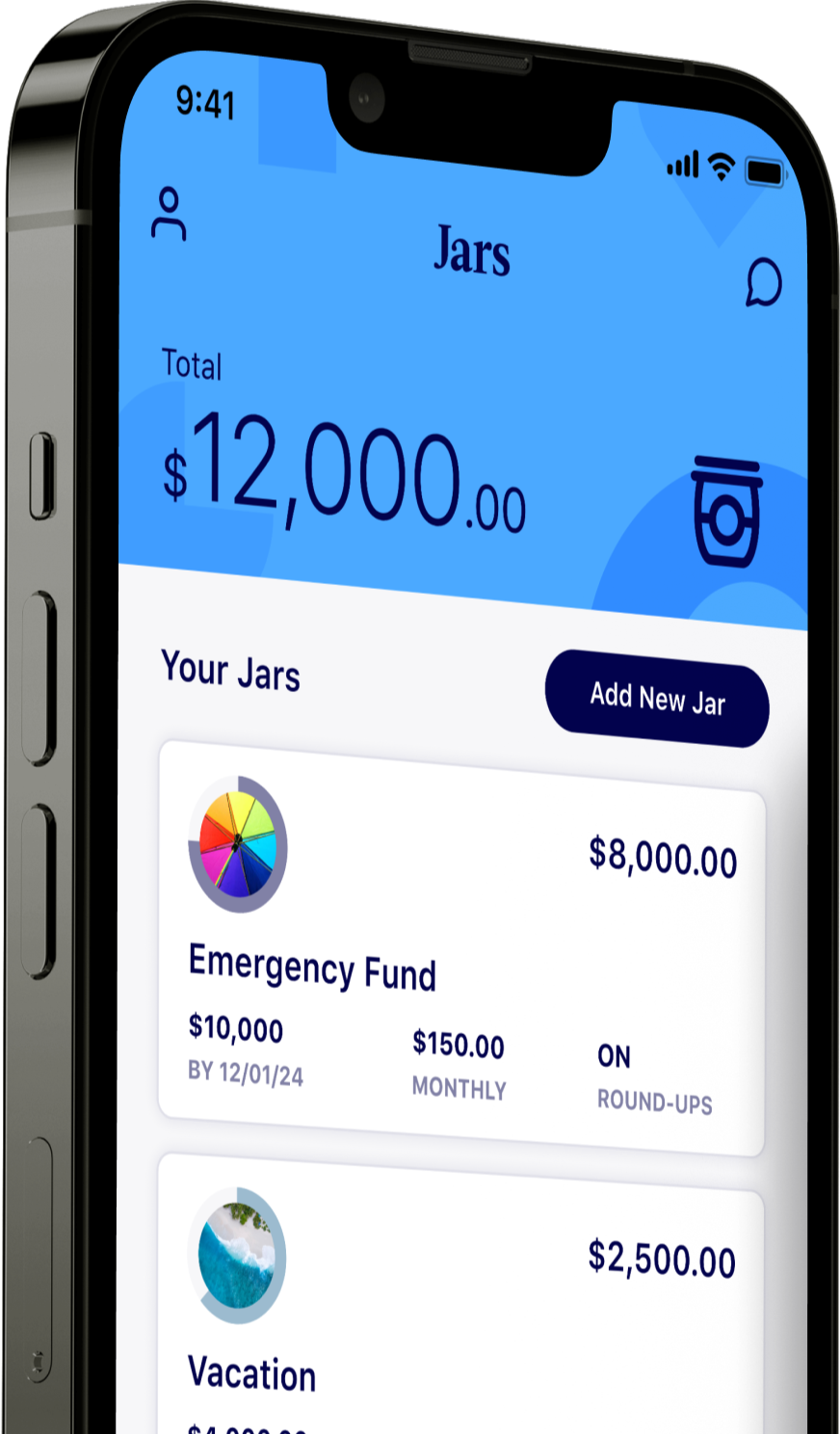Many people dream of generating passive income – you do the work once, and the money keeps coming in. For those looking to grow their wealth, real estate – and more specifically buying a residential rental property – is a common source of passive income. But is it actually so passive? Owning residential real estate can be a way to generate rental income and potentially profit from the sale of a property. Many turn to it as a safety net in their retirement. Whether they buy an investment property or perhaps inherit one from a family member, it’s an asset to have – especially in recent years with skyrocketing home values and prices.
But there’s another investment option to consider: real estate investment trusts or REITs. These are companies that own and operate real estate with the purpose of generating revenue. People buy shares of these types of companies on the stock market, and shareholders get dividends on a regular basis (usually quarterly or monthly). These dividends are often higher than other types of stocks because the REIT is required to pay out 90% of its income to shareholders.
If you’re exploring real estate investment options, keep reading as we’ll share the pros and cons of each type of investment option!
Pros of Investing in a Rental Property
Based on current and historical residential real estate market conditions in the United States, real estate is a fairly secure investment overall.
As of 2018, according to the Pew Research Center, 14.1 million individual investors owned between one to four rental properties – representing the largest share of landlords.

Home values tend to increase over time
Residential real estate investments have historically shown growth in value due to an upward trend in home values over time. As the property’s value increases, so does your net worth. Many investors buy homes, pay them off or recoup their initial investment with the proceeds from tenants’ rent, then sell the home for a substantial profit and take the cash windfall years later or pass it down to their children. If all goes well with your investment, you could have an asset that appreciates while simultaneously generating income.

Real estate is a tangible asset for your portfolio
Real estate also provides a tangible asset that you can leverage for future financial endeavors. If your home value rises and you build equity, you can have the option to refinance or sell properties to fund other investments or goals.
Additionally, investing in real estate allows you to diversify your investment portfolio beyond traditional options like stocks, bonds, and certificates of deposit. Diversifying with physical property can help minimize risk and protect against the negative effects of swings in the stock market.
You’ve also got a bit more control over any real estate properties you own compared to other types of investments. You can choose how to upkeep them, if and when they need renovation, and to a degree how much to charge for rent, and any policies for tenants.
Long-term financial security
If you’re forward-thinking about retirement, the rental income from one or multiple properties can serve as a reliable source of passive income during the years when you’re no longer working, and you can sell the property if you need a lump sum of cash. You may also purchase your future retirement home as an investment – maybe you know that eventually, you’ll want to live in a different area than where you live now. Perhaps you could get that beachfront condominium now, rent it out, then move in down the line when you’re done working and don’t want to maintain the single-family house with a yard.
Lastly, if you’re trying to build generational wealth for your children (or maybe nieces and nephews or even grandchildren), owning and passing down real estate properties can help with that goal. Be sure to talk to an estate planning attorney who can set your family up for a smooth ownership transition when that time comes.
Cons of Investing in a Rental Property
So what’s not to love? Well, owning a property may not be totally passive or problem-free. So much depends on the specific property and variables you may not be able to control, which can pose risks.
Property maintenance and administration
One of the clearer drawbacks is the ongoing property maintenance and repairs. When renting out a residential property, you have to keep it to the minimum standards to comply with housing laws, and you may need to invest more in maintenance if you want top dollar from your tenant. Annual maintenance costs can come in at 1%-4% of the home’s value, so be prepared to budget for that when deciding upon an investment strategy.
Plus, you’ll need to do administrative tasks like finding tenants. Because of all of the administrative tasks and maintenance required, property management can be time-consuming. This is where real estate becomes less of a passive income strategy and more hands-on. If you’d like it to remain passive, you could use the services of a property management company to handle much of the day-to-day tasks of upkeeping the property. According to the National Association of Residential Property Managers, property management typically costs between 8% – 12% of the property’s revenue. So, if you want it to be passive, expect that to reduce your investment’s profitability.
Substantial upfront investment
Remember how we talked about home values rising? That’s a double-edged sword if you want to buy a rental property. Investing in real estate often requires a significant upfront investment. Whether you purchase the property outright or take out a mortgage, you’ll need substantial funds to get started. You likely will need to do some kind of repairs or updates to get the home move-in ready if you’re renting it out, and may need the services of a real estate attorney or broker.
If you’ve got lots of extra cash on hand ready to invest, that’s not as much of a problem. But if it might be tight financially with less wiggle room for surprise costs to purchase the rental home, that can be a downside for you.
Slow to buy, slow to sell
Even with a downward trend of the number days on the market a house sits before it sells, home buying and selling is not a fast or nimble process. If you’re buying a property, you’ll be competing with other potential homeowners or investors for the chance to buy. And if you ever want or need to sell, it can take months to give tenants notice to move out, prepare the home for sale, and get it sold.
Tenant risk
While the overwhelming majority of renters are current on their rent, people fall on hard times when things like job loss or illness happen, and some fall behind on rent. The National Equity Atlas reports that as of May 2023, about 5 million rental households were behind on rent. Out of 44 million renter households in the United States, that’s about 11%. The average amount in arrears is just over $2,100.
You may also have tenants that cause damage beyond the normal wear-and-tear of daily life, leading to more money on repairs. How much of a risk this poses to you depends on a lot of factors, including how much you rely on the rental property’s income to recoup your investment or to meet your current expenses.
Impact on the housing market
Another consideration impacts your fellow community members. Real estate investment reduces the amount of owner-occupied housing on the market. This makes it harder for those seeking homeownership to buy a home and build equity of their own, even if they aren’t treating the house as an investment. This might not be an issue for you, but this could impact your adult children, nieces or nephews, grandchildren, friends, and other aspiring homeowners.
If this is a consideration for you, you could explore ways to add to the housing inventory. Perhaps you build new housing that you rent out, such as an accessory dwelling unit on your property, or you develop housing on a piece of land. That’s a more involved process but could be a win-win for your community and your financial security.

Pros of Investing in REITs
Real estate investment trusts, or REITs, offer an alternative way to invest in real estate by owning shares of companies that own and operate real estate. In addition to residential properties, they own and operate commercial real estate like shopping centers, but also healthcare facilities, storage facilities, and more. Learn more about REITs from the Securities and Exchange Commission directly.
Data on REITs from the Motley Fool shows that REITs have outperformed the S&P 500 on 20 and 50 year horizons, and dividend paying stocks tend to be less volatile than non-dividend paying stocks in general.
Get started with as little as a few dollars
One top benefit to investing in a real estate investment trust is that you can get started for a lot less money than a physical property, because you purchase individual shares of the company. You can buy as much or as little as you like, and you can build up your investment over time. The price of REIT shares can range anywhere from less than a quick service meal, but can also be more substantial, and they change over time with the stock market.
Quick to get started, quick to sell
REITs are a nimble way to invest in property. You purchase shares through a stock brokerage so it takes minutes just like any other online transaction. There’s no house shopping, home inspections, or paperwork like when buying a physical property.
If you ever want to sell, it’s as simple as initiating a sell order in your brokerage account. You’ll be able to reinvest the money or transfer it to another account within days. You can also sell a portion of your investment. For example, if the REIT stock price increases and you want to take advantage of the profit, you can sell some shares, while still maintaining some shares for the dividends and more potential future growth.
Easier to diversify
With REITs, you can diversify your portfolio by purchasing shares from multiple REITs rather than investing in one or a few properties. In the United States, there are over 200 REITs. You can get exposure to both residential and commercial real estate.
REITs are a more passive income source
REIT investing is much more hands-off than maintaining a property. You’re not going to get calls at inconvenient times with news that the oven stopped working or the basement flooded and have to drop what you’re doing to resolve the issue!
You can buy REIT shares and let them sit and provide dividends for years to come. If you’re not the kind of person that obsessively checks your stock portfolio, you can set specific types of sell orders where the stock automatically sells if the price reaches a certain price, like a stop-loss or limit order. You can also enable dividend reinvestment in your brokerage account to automate buying more shares so you can grow your portfolio without having to do it yourself.
Of course, you’ll still want to keep an eye on your investment and the broader stock market – it’s not a total “set and forget” type of investment. But compared to the effort to maintain a property, the time involved to maintain your REIT investment is still substantially less.

Timeline to Recoup the Investment in a REIT
So, how long will it take to recoup your investment in a share of a REIT? It depends on the share price when you purchase and the dividend amount. But, the dividends generated from a share of an REIT can potentially cover the initial cost of the share as little as seven years, not including the income taxes on dividends. Let’s see how this works:
If you put $100,000 into shares of a REIT with a share price of $10, you’ll get 10,000 shares. If the REIT pays a quarterly dividend of $0.25 per share, you’ll get a dividend of $2,500 four times a year, adding up to an annual income of $10,000. You’ll pay taxes on that dividend. But with that money you could buy more shares of a REIT, another stock, or take the cash.
If the dividend holds steady, dividends will pay back your initial investment in 10 years (not accounting for taxes – that would a few more years depending on your tax rate).
But like with any stock, there’s always a chance the REIT will do a stock split or reverse split where the number of shares you have will change. Plus, the REIT can change their dividend amount. All of these would impact the timeline to recoup your investment.
Cons of Investing in REITs
REITs are a stock product, so the downsides of it as an investment compared to a physical asset are similar to the stock market in general. In general, the stock market can be volatile, and has been especially volatile the last few years. This may be less of a concern for long-term investors who have years or decades to see a positive return on their investment.

In addition, because being a shareholder is less hands-on than investments, you have little direct control. You can vote in shareholder meetings, but you’re really trusting the REIT to deliver a positive return on your behalf.
It also might take a longer time or larger upfront investment for the dividends to feel substantial. You’ll get the same dividend amount per share no matter how many you buy. But if you earn $0.50 in quarterly dividends compared to $500, it may not feel like you’re making substantial progress toward your financial goals.
Lastly, the IRS taxes income from REIT dividends at your normal income tax rate. Depending on your other sources of income and any tax withholding you already have, you may find yourself owing more than you expect at tax time. While rental income has the same tax rate too, there are expenses related to maintaining a physical property that you can deduct to bring the overall tax burden down.
Conclusion
Real estate can be a successful venture for many investors, so it is worth evaluating as an option for your portfolio. You can choose a physical property, shares in REITs, or perhaps both.
It’s important to keep in mind that all investments involve risk, and you should factor in your risk tolerance and personal financial situation whenever you make investment decisions. Ultimately, it’s a smart move to do your research about any potential investment, diversify your portfolio to mitigate risk, and talk to a financial advisor or financial planner who can provide tailored advice for your situation!
Keep reading on the Milli blog:
Health Insurance and Beyond: Policies for Financial Security
How a Savings Account Can Help You Reach Your Financial Goals
8 Money Myths: Busting Financial Misconceptions



